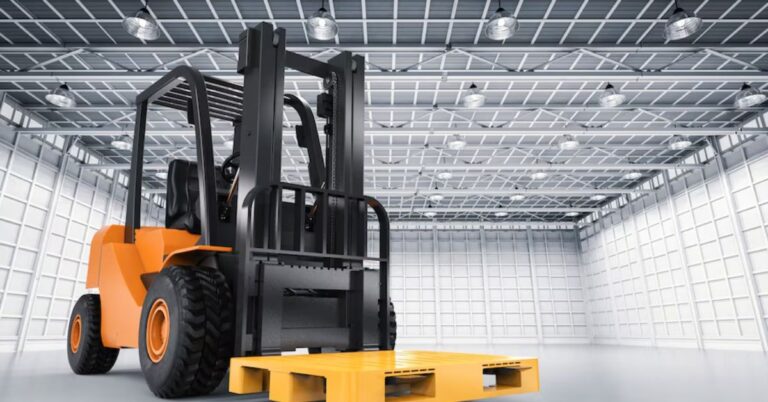
Contents
Introduction
Operating a side loader forklift requires a unique set of skills and techniques due to its specialized design and functionality. Unlike conventional forklifts, which primarily lift loads from the front, side loader forklift are adept at handling long or bulky materials in narrow spaces. Mastering the art of maneuvering these vehicles is crucial for ensuring efficiency, safety, and productivity in warehouse and industrial settings. In this article, we delve into the essential techniques and considerations for effectively operating a side loader forklift.
Understanding Side Loader Forklifts
Side loader forklifts, also known as sideloaders or lateral transport forklifts, feature forks that extend from the side of the vehicle rather than the front. This unique configuration enables them to maneuver long loads, such as timber, pipes, or sheet metal, with ease. Side loaders are commonly used in industries where space is limited, such as lumber yards, manufacturing facilities, and storage warehouses.
Key Techniques for Operating a Side Loader Forklift
- Load Assessment: Before lifting a load, it’s crucial to assess its weight, dimensions, and stability. Understanding the load’s center of gravity helps determine the appropriate lifting technique and ensures safe handling.
- Proper Positioning: Position the combilift sideloader parallel to the load, aligning the forks with the material to be lifted. Ensure that the vehicle is on stable ground and that there are no obstacles obstructing the lifting path.
- Smooth Acceleration and Deceleration: Use gentle acceleration and deceleration to minimize load sway and maintain control over the forklift. Abrupt movements can destabilize the load and increase the risk of accidents.
- Steering Techniques: Side loader forklifts offer different steering options, including conventional steering wheels or joystick controls. Familiarize yourself with the steering mechanism and practice precise maneuvers to navigate tight spaces safely.
- Tilting and Lifting: When lifting a load, tilt the forks slightly backward to stabilize the material. Gradually raise the forks to the desired height, keeping the load level to prevent shifting or sliding.
- Clear Communication: Effective communication between forklift operators and ground personnel is essential for safe operations. Use hand signals or two-way radios to coordinate movements and alert others of your actions.
- Awareness of Surroundings: Maintain situational awareness at all times, keeping an eye out for pedestrians, other vehicles, and obstacles in the vicinity. Use mirrors and backup alarms to enhance visibility and warn others of your presence.
- Adaptability: Adapt your driving and maneuvering techniques to suit the specific requirements of different loads and environments. Practice versatility in handling various materials and navigating challenging terrain.
Safety Considerations
Operating a side loader forklift comes with inherent risks, especially when handling heavy or oversized loads in confined spaces. To mitigate these risks and ensure a safe working environment, operators should adhere to the following safety guidelines:
- Conduct pre-operational inspections to check for any defects or malfunctions in the forklift.
- Wear appropriate personal protective equipment, including helmets, high-visibility vests, and safety shoes.
- Follow designated traffic lanes and speed limits within the facility.
- Never exceed the maximum load capacity or lift height specified for the forklift.
- Avoid abrupt maneuvers or sudden stops that could cause the load to shift or fall.
- Keep a safe distance from edges, ramps, or uneven surfaces to prevent tip-over accidents.
- Immediately report any near misses, incidents, or equipment damage to the supervisor or safety officer.
Conclusion
Mastering the art of maneuvering a side loader forklift truck in India requires a combination of technical skills, situational awareness, and a commitment to safety. By following the techniques and considerations outlined in this article, operators can enhance their proficiency and efficiency in handling long or bulky loads in challenging environments. With proper training, practice, and adherence to safety protocols, side loader forklifts can be valuable assets for optimizing material handling operations in various industries.